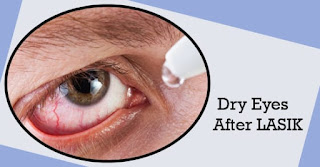GLAUCOMA–SILENT THIEF OF SIGHT

Glaucoma is the leading cause of blindness mostly in elderly population . It is a silent, painless, progressivedisease that worsens with age in turn affects the optic nerve and have a tendency to follow the lineages. The condition many a times remain asymptomatic and then at sudden speed up from vision loss to permanent total blindness. What can lead to Glaucoma? This often happens due to raised intraocular pressure that in turn is result of multiple pathological conditions or due to physiological ageing. The channel through which aqueous humor in eye gets blocked at times and this results in stagnation of fluid; this build up the intraocular pressure resulting in compression of option nerve ; thus glaucoma. There are other causes that have less chances to land up in glaucoma which can be injury to eye by a blunt object, infections of eye , chemicals in eye , ischemic end arteries of eye or severe inflammation. Who are more prone? A person having fam



